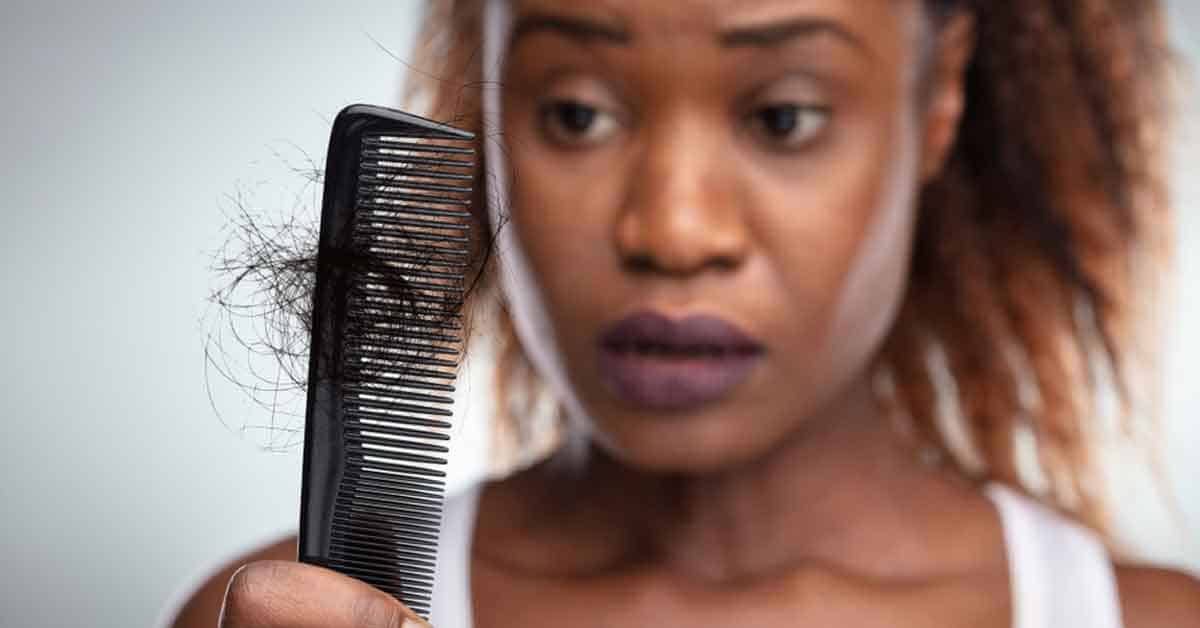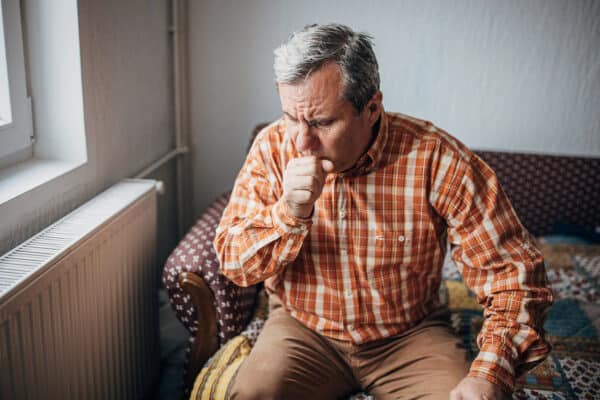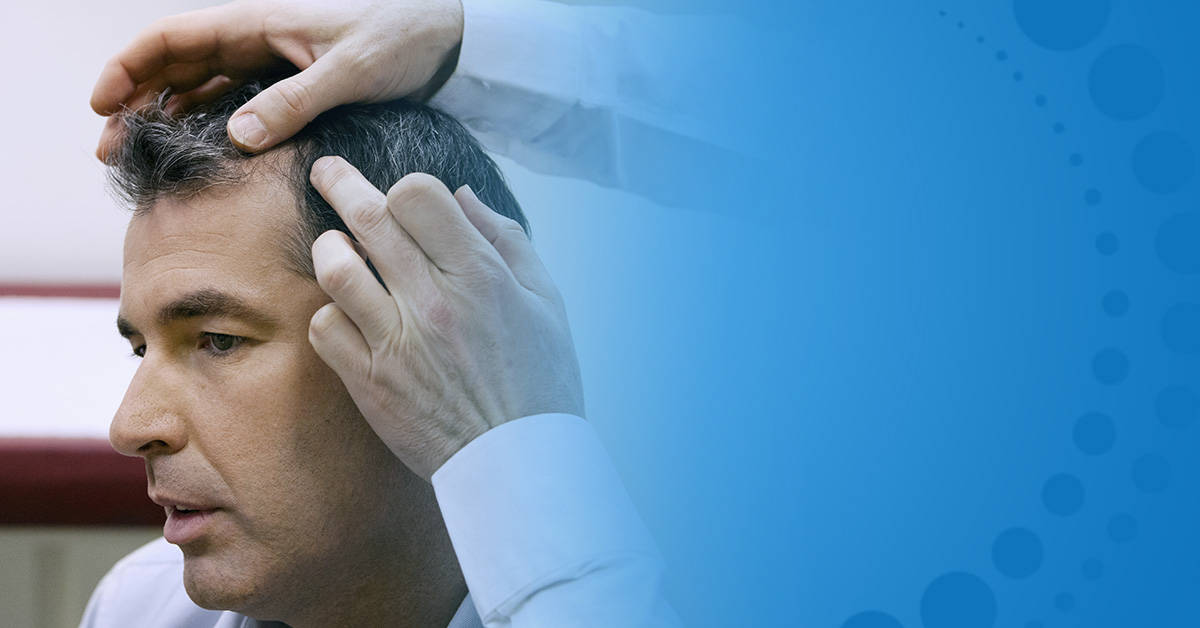The Relationship Between Disease and Hair Loss

Disease and other health conditions are one of the biggest contributing factors when hair loss is discussed. Any practical plan for hair restoration requires an examination of its causes. With that in mind let’s take a look at the relationship between hair loss and three prominent diseases.
Thyroid Disease
One of the conditions most frequently linked to hair loss is thyroid disease. Data taken from Everyday Health website states that a large factor in hair growth is a functioning thyroid gland. If your levels of thyroid hormone are outside the normal range it can adversely affect hair growth.
Overabundant thyroid hormone causes hair to be fine, and the hair on your scalp can thin. On the other side of the coin, too little of the same hormone can also cause hair loss not only on the scalp but also the rest of the body. Thyroid disease frequently responds to treatment and, as hormone levels stabilize, hair loss issues usually clear up.
Lupus
The autoimmune disease lupus doesn’t just cause damage to your skin, joints, and organs. It also damages your hair. The National Resource Center on Lupus has a lot of data on the subject. According to them hair loss can be the result of either the disease or the medication used to treat it.
If the hair loss has been bad enough to cause scarring of the scalp, the hair loss may be permanent. But if not, then hair will usually grow back once treatment begins to control the disease. Hair loss caused by medication will also usually grow back.
Cancer
The image of the chemotherapy patient losing their hair has sadly become well entrenched in the public consciousness over the decades. The Mayo Clinic tells us chemotherapy drugs are designed to attack rapidly growing cells such as cancer cells – which means they also attack the fast growing cells of your hair.
This form of hair loss can affect all body hair… not just the scalp. Hair loss from chemotherapy usually starts two to four weeks after treatment commences and usually grows back after treatment – although it may have a different color or texture. The amount of hair loss varies according to the drugs being used and their dosages, and can range from simply thinning of the hair to its complete loss.
Talk to Austin Hair Restoration Clinic About Your Hair Loss
Don’t let the impact of male pattern hair loss ruin your confidence or self-image. Call us for a consultation to determine if you’re a good candidate for the ARTAS® Robotic Hair Restoration procedure. Contact us today for a free consultation.
Dr. Sanjeev Dubey is an experienced hair restoration and emergency medicine physician in Austin, Texas. He holds a medical degree from the University of Texas Medical Branch (UTMB) and has been practicing medicine for over two decades. His affiliations include Seton Medical Center Austin, Seton Northwest, and various local hospitals.





